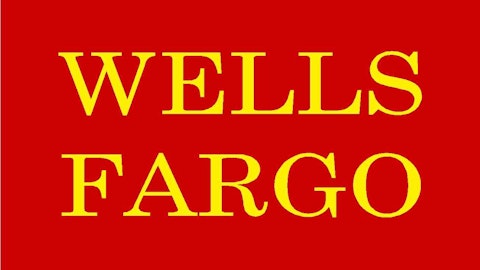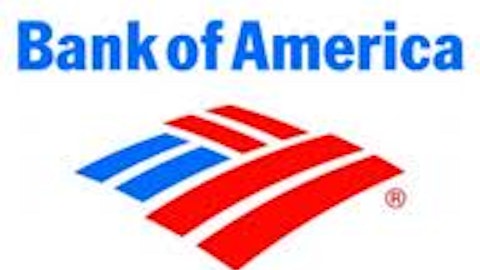
Source: 401(K) 2012.
Qualifying for a mortgage may soon become harder than it has ever been before.
After eight full months of debate, it appears that regulatory framework introduced earlier this year will come into effect by January 10, 2014, according to a new manual from the Consumer Financial Protection Bureau.
Here’s what new lending standards mean for the real estate market.
Setting the bar
After January 2014, banks will have to meet certain criteria for mortgages they sell to investors, including Federal National Mortgage Association (OTCBB:FNMA) and Federal Home Loan Mortgage Corp (OTCBB:FMCC). The biggest change is a requirement that borrowers have a debt to income ratio of less than 43%.
The cap includes all household borrowing, from a mortgage to credit cards, automobile financing, and even student loans. To keep the numbers simple, someone who reports gross income of $10,000 per month must spend less than $4,300 on all debt payments and home-related expenses.
The median annual American household income in July was $52,113, leaving a full $1,867 per month for the median family to spend on debt servicing.
Thus, a debt-free household earning the median income could still afford to purchase a home worth more than $400,000 at current 30-year mortgage rates of right around 4.5%. That’s no small home in much of the United States.
You can’t have it all
Regulatory critics suggest tighter lending standards would slow first-time home sales and housing appreciation. They’re probably right — when people can afford only smaller loans, home prices tend to stagnate.
Of course, the opposite is also true. Loose lending standards send prices skyrocketing.
In 2005, two couples who earned only $6,800 per month were given the green light to purchase a $720,000 home requiring a monthly payment of $5,278. Being immigrant strawberry pickers, their incomes were tied to the most unpredictable of natural events — weather. Alas, that didn’t stop a combination of potential mortgage fraud and poor underwriting to allow them to buy a home at a price they obviously couldn’t afford.
That story isn’t the only one of mortgage excess. In 2005, approximately 20% of American mortgages were subprime, according to one Harvard University study. As millions of unqualified buyers bought homes, prices rocketed:

Source: Calculated Risk Blog.
Regulations great for banks and homeowners
New standards are good for all involved. Banks will now have clear-cut standards, which, if followed, would insulate them from legal risks. That’s good news for companies like Bank of America Corp (NYSE:BAC) and JPMorgan Chase & Co. (NYSE:JPM), which face billion-dollar legal challenges surrounding aggressive lending practices.
Likewise, the new requirements are good for homeowners and the economy at large. A firm requirement on how much borrowers can afford should allow for slow home price appreciation and limit the potential for bubbly home prices.
Perhaps most importantly for home buyers, limited legal risks for banks and tighter lending standards may hold down the cost of a mortgage in a rising-rate environment. Banks currently build the cost of legal risk into mortgage rates. Tighter lending practices may put a damper on a hot housing market — prices are up 12.4% in just one year.




